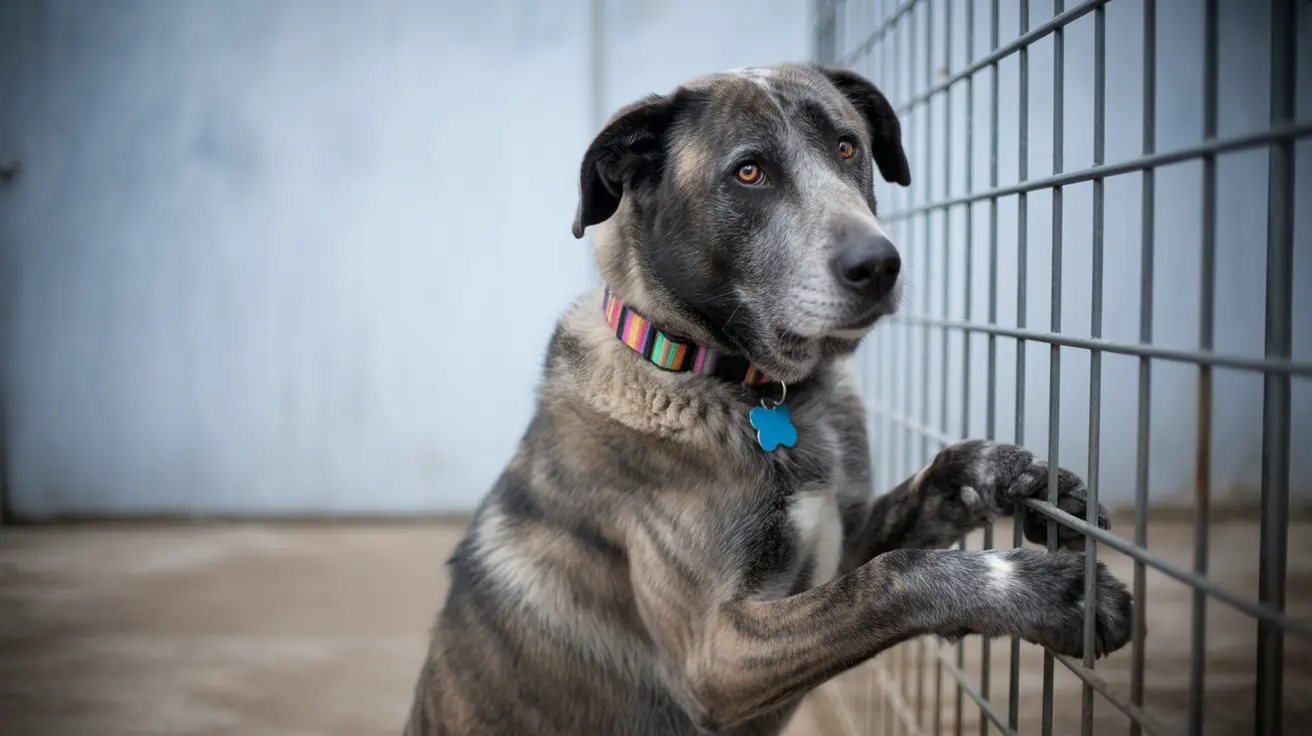For pet owners seeking natural parasite control solutions, diatomaceous earth (DE) has gained popularity as a potential treatment option. However, understanding the side effects and proper usage of diatomaceous earth for dogs is crucial for ensuring your pet's safety and well-being.
In this comprehensive guide, we'll explore everything you need to know about using diatomaceous earth safely with your canine companion, including potential risks, proper application methods, and important safety considerations.
What is Diatomaceous Earth?
Diatomaceous earth is a naturally occurring substance made from fossilized aquatic organisms called diatoms. When processed into a fine powder, it becomes a versatile product used for both external parasite control and internal supplementation in dogs. However, it's crucial to note that only food-grade diatomaceous earth is safe for use with pets.
Understanding the Side Effects of Diatomaceous Earth in Dogs
While generally considered safe when used properly, diatomaceous earth can cause several side effects that dog owners should be aware of:
Respiratory Issues
The most significant concern is the potential for respiratory irritation if the powder is inhaled. Dogs may experience coughing, wheezing, or difficulty breathing if they accidentally breathe in the fine dust particles.
Skin and Eye Irritation
Direct contact with DE can cause dryness and irritation to your dog's skin and coat. If it gets into their eyes, it may lead to serious discomfort and requires immediate rinsing.
Digestive Concerns
When used internally, some dogs may experience temporary digestive upset, including:
- Mild diarrhea
- Constipation
- Changes in appetite
- Increased thirst
Safe Application Methods
To minimize side effects and ensure safe usage, follow these application guidelines:
External Application
- Apply in well-ventilated areas
- Wear a mask during application
- Avoid face area
- Gently work into coat from tail to neck
- Keep away from eyes, nose, and mouth
Internal Usage
- Start with small doses
- Mix thoroughly with wet food
- Gradually increase dosage if needed
- Monitor for adverse reactions
Proper Dosage Guidelines
Correct dosing is essential for safe internal use of diatomaceous earth:
- Small dogs (under 25 lbs): ½ teaspoon daily
- Medium dogs (25-50 lbs): 1 teaspoon daily
- Large dogs (50-100 lbs): 1 tablespoon daily
- Giant breeds (over 100 lbs): 2 tablespoons daily
Frequently Asked Questions
What are the common side effects of using diatomaceous earth on dogs?
The most common side effects include respiratory irritation if inhaled, skin dryness, potential eye irritation, and mild digestive upset when taken internally. Always monitor your dog for adverse reactions when starting DE treatment.
How can I safely apply food-grade diatomaceous earth to my dog without causing respiratory issues?
Apply DE in a well-ventilated area, wear a mask, and carefully work the powder into your dog's coat from tail to neck. Avoid creating dust clouds and keep the powder away from your dog's face.
What is the recommended dosage of diatomaceous earth for dogs of different sizes?
Dosage varies by size: ½ teaspoon for small dogs, 1 teaspoon for medium dogs, 1 tablespoon for large dogs, and up to 2 tablespoons for giant breeds. Always start with a smaller dose and increase gradually.
Can diatomaceous earth cause skin or eye irritation in dogs, and how can I prevent it?
Yes, DE can cause irritation. Prevent this by avoiding application near the face, using gentle application techniques, and immediately rinsing with clean water if DE gets in the eyes or causes skin irritation.
Is diatomaceous earth effective and safe for internal parasite control in dogs?
While some pet owners report success with internal parasite control, scientific evidence is limited. Always consult with your veterinarian before using DE for internal parasites and monitor your dog closely for any adverse reactions.
Conclusion
When used properly, diatomaceous earth can be a valuable tool for natural pest control in dogs. However, understanding and minimizing potential side effects through proper application and dosage is crucial for your pet's safety. Always consult with your veterinarian before starting any new treatment regimen, and carefully monitor your dog for any adverse reactions.






